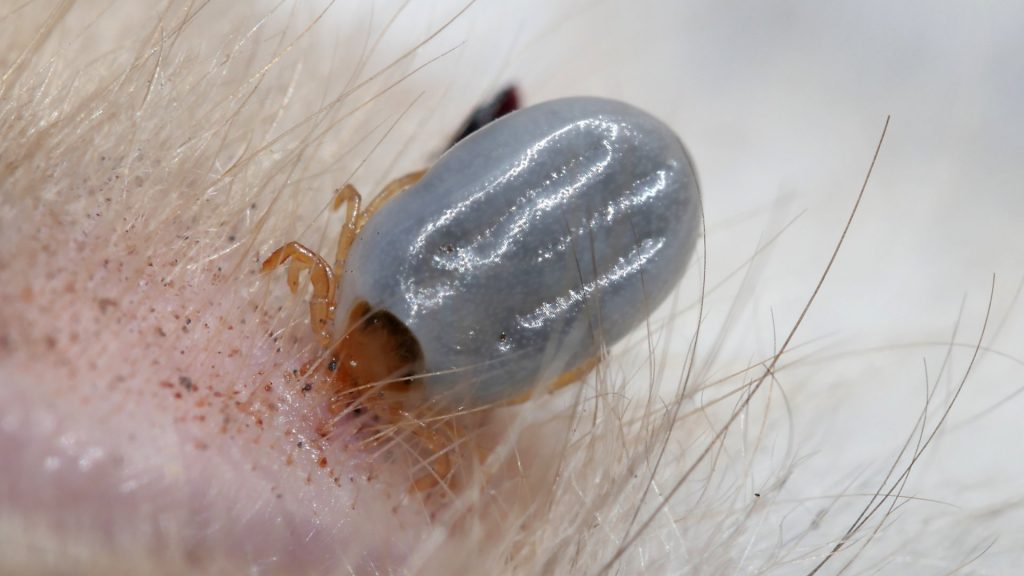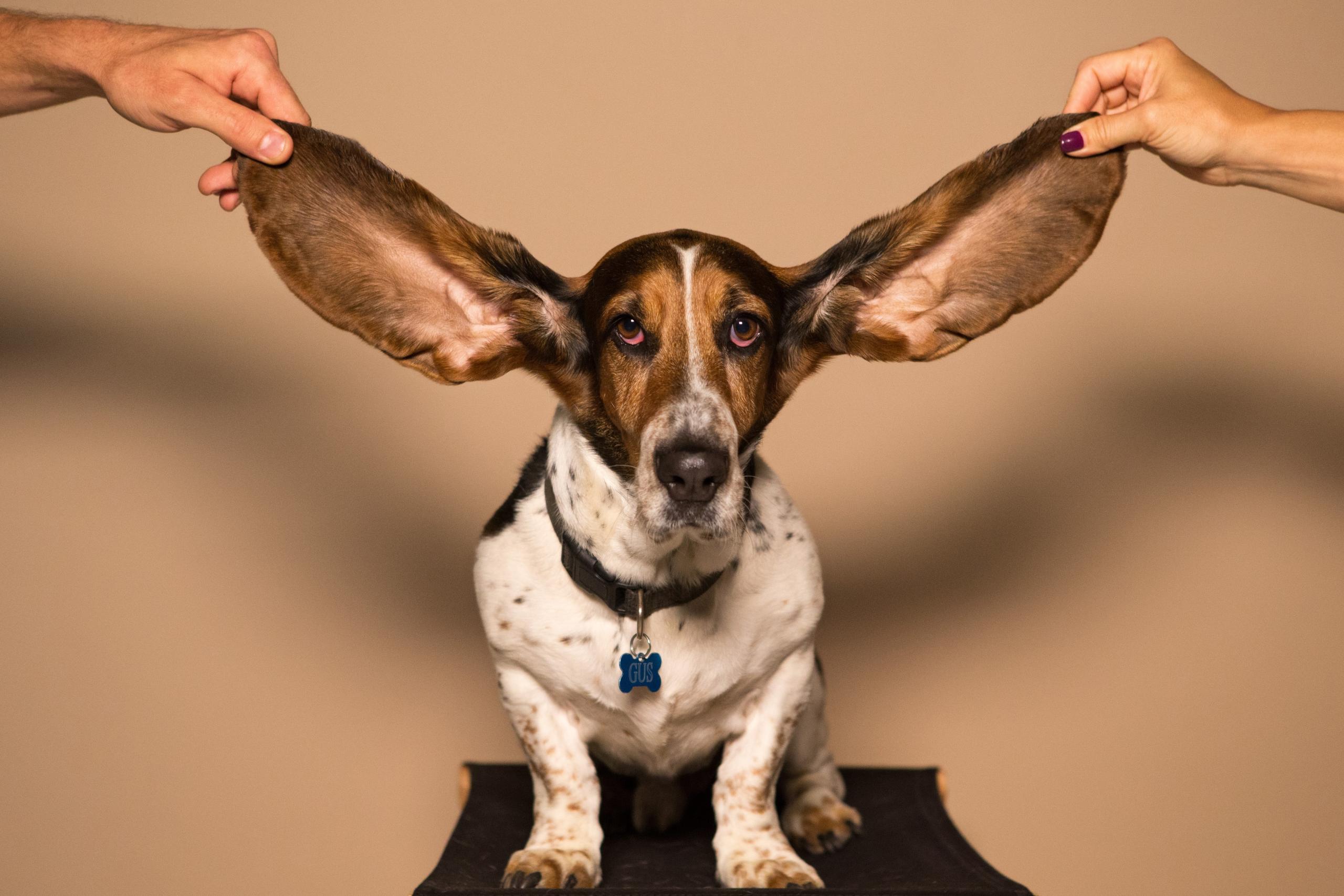Due to the recent storms and the subsequent rise in storm phobia cases that we have been seeing we felt we would give you an insight into how your pets may be feeling and how we can help. Storm phobia or fear of thunderstorms is very common amongst domestic dogs. Dogs can sense the change in barometric pressure leading up to a storm, which may cause your dog to show signs of anxiety before you realise that a storm is coming. These signs can include excessive pacing, excessive licking of the lips, trying to escape or hide, vocalising, or generally unsettled behaviour. In severe cases dogs can destroy things and injure themselves by trying to escape.
Be Calm
Your reaction to your dog’s anxiety as a storm approaches can make the difference between a calm dog and a nervous wreck. As a pack animal, dogs look to you, their pack leader, for guidance and assurance, especially in times of uncertainty. If you adopt a calm attitude towards storms your pet will feel more settled. Be calm and show them the love and attention you would normally show them. However, be mindful not to fuss over them too much when they are showing signs of anxiety, as this may reinforce that there is something to be afraid of.
Adjust the Surroundings
Providing a dark, sheltered environment for your dog, such as crate training, can be beneficial in many ways, particularly in storm phobic dogs. This offers a safe place to see out the storm and helps to block out the thunder and lightning. Sometimes, closing the doors, windows and curtains and turning a radio or TV on at a higher than normal volume can also help to block some of the lightning and thunder. As well as providing a secure place, it may also be beneficial to divert their attention onto fun activities or their favourite treat to take their mind away from the brewing storm.
Get Further Help If Needed
A veterinarian or behaviourist may also recommend trying natural calming supplements or a thunder shirt. In more severe cases, prescription medications recommended and dispensed by a veterinarian may be required in conjunction with training over a period of time to help resolve your dog’s phobias.
There are both short- and long-term prescriptions medications that can help if the above measures are insufficient.
Please contact us on 0484 613 668 for more information if your pet experiences storm phobias for ways that we can help.




